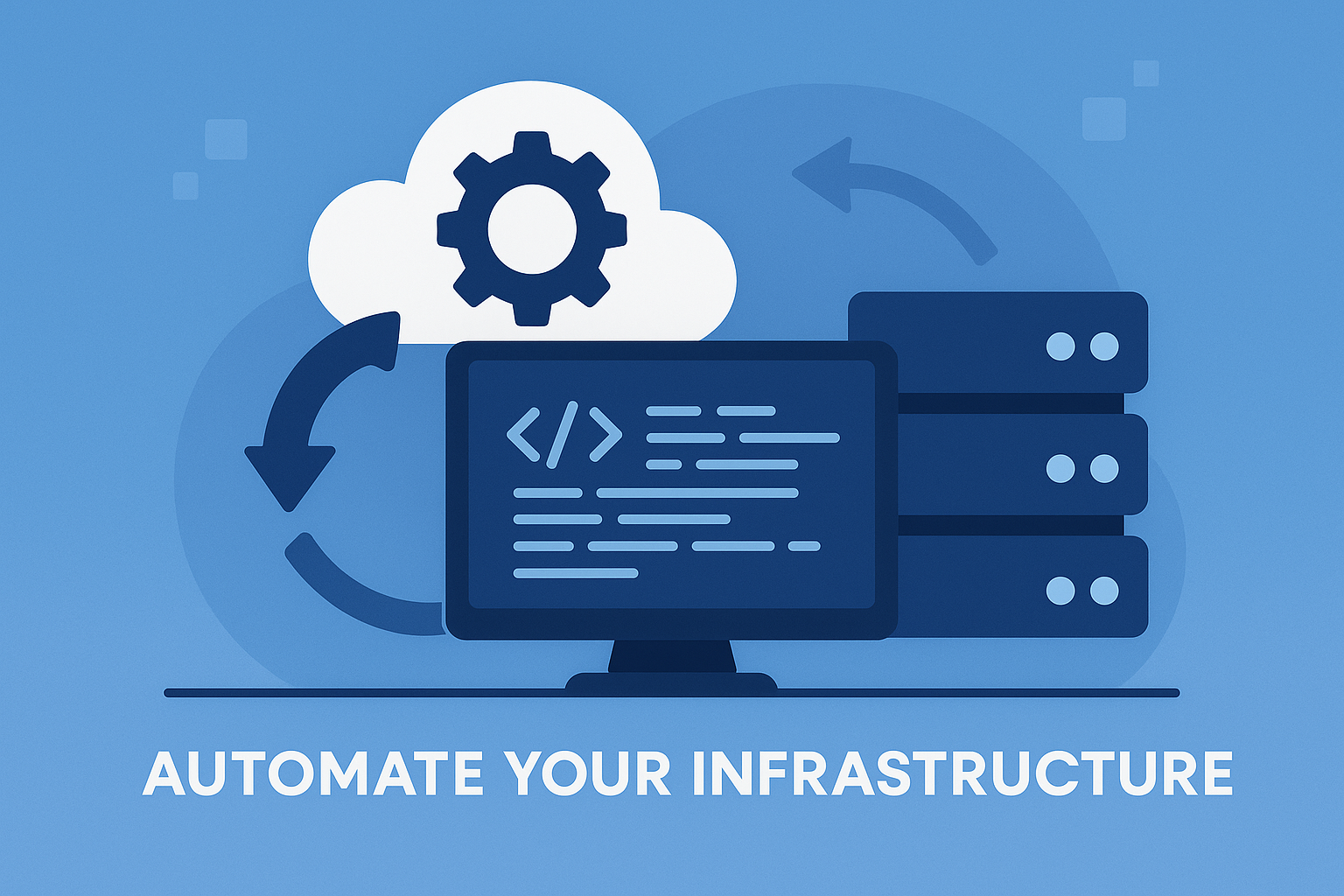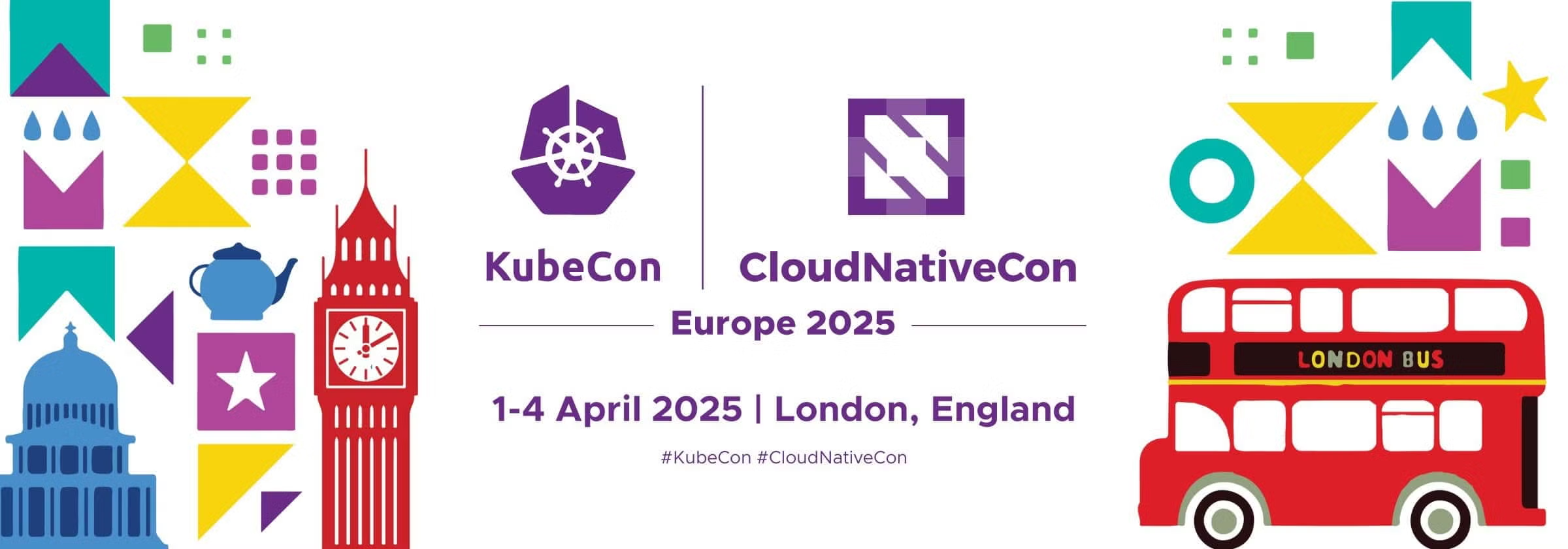In our latest article, “Achieving Multi-Tenancy in a Fully Managed Cloud Infrastructure with Kubernetes,” we offer valuable insights into the world of cloud infrastructure automation and multi-tenancy. As industry leaders in this subject matter, we provide a comprehensive overview of how organizations can effectively implement multi-tenancy using Kubernetes in a fully managed cloud environment. Our expertise in this field allows us to guide readers through the intricate process, offering actionable tips and recommendations. Whether you are an IT professional seeking guidance or an organization looking to optimize your cloud infrastructure, SlickFinch is here to offer our expert assistance. Contact us today to explore how we can help you achieve seamless multi-tenancy in your cloud infrastructure using Kubernetes.
Achieving Multi-Tenancy in a Fully Managed Cloud Infrastructure with Kubernetes: Expert Insights by SlickFinch

Introduction to Multi-Tenancy in Cloud Infrastructure
Multi-tenancy refers to the ability of a single cloud infrastructure to serve multiple tenants, or customers, while keeping their data and resources isolated and secure. In a multi-tenant environment, each tenant operates in their own designated space, unaware of the presence of other tenants. This approach offers numerous advantages, such as cost-effectiveness, resource optimization, and improved scalability.
Understanding Kubernetes and its Role in Multi-Tenancy
Kubernetes, an open-source container orchestration platform, plays a vital role in enabling multi-tenancy in a fully managed cloud infrastructure. It provides a robust framework for managing containers and automating the deployment, scaling, and management of applications. Kubernetes offers advanced features and functionalities that facilitate the implementation of multi-tenancy, such as namespace isolation, resource allocation and quotas, role-based access control (RBAC), network security, and more.
Benefits of Implementing Multi-Tenancy in Cloud Infrastructure
Implementing multi-tenancy in a cloud infrastructure brings several significant benefits. Firstly, it allows for more efficient resource utilization by enabling multiple tenants to share the same infrastructure, reducing costs and maximizing capacity. Secondly, multi-tenancy enhances scalability, as resources can be dynamically allocated and released based on the needs of each tenant. Additionally, it provides enhanced security and isolation, ensuring that one tenant’s actions do not affect others. Finally, multi-tenancy enables seamless collaboration and flexibility among tenants, fostering innovation and accelerating development.
Challenges in Achieving Multi-Tenancy with Kubernetes
While Kubernetes offers powerful features for achieving multi-tenancy, there are several challenges that organizations may face during implementation. One of the main challenges is ensuring strict isolation between tenants. With multiple tenants sharing the same infrastructure, it is crucial to prevent unauthorized access or interference between different tenants’ resources. Another challenge is efficiently managing and allocating resources to each tenant, guaranteeing fairness and preventing resource hogging. Moreover, configuring and maintaining network security and isolating tenants’ traffic can be complex. Overcoming these challenges requires careful planning and the adoption of appropriate strategies.
Strategies for Achieving Multi-Tenancy in a Fully Managed Cloud Infrastructure
To achieve multi-tenancy in a fully managed cloud infrastructure with Kubernetes, several strategies can be employed. These strategies include:
1. Namespace Isolation
Kubernetes provides namespaces, which act as virtual clusters within a single physical cluster. Each tenant can be assigned to a separate namespace, ensuring isolation and separation of their resources. Namespaces allow for fine-grained control over resource allocation, network policies, and access controls for each tenant.
2. Resource Allocation and Quotas
By implementing resource quotas, administrators can define limits and requests for various resources, such as CPU, memory, and storage, for each tenant. This ensures fair allocation of resources and prevents one tenant from monopolizing the infrastructure. Resource quotas can be dynamically adjusted based on the needs of each tenant.
3. Role-Based Access Control (RBAC)
RBAC enables granular control over access and permissions within the Kubernetes cluster. It allows administrators to define roles and permissions for different users or groups associated with each tenant. RBAC ensures that tenants can only access and modify their own resources, maintaining security and isolation.
4. Network Security and Isolation
Implementing network policies and segmentation is crucial for achieving secure multi-tenancy. Network policies define rules for traffic flow, isolating each tenant’s network communications and preventing unauthorized access. Segmenting tenant traffic using virtual LANs (VLANs) or software-defined networking (SDN) can further enhance security and isolation.
5. Tenant-Specific Configurations
Each tenant may require different configurations and settings for their applications. Kubernetes allows for the customization of tenant-specific configurations, such as environment variables, secrets, and persistent volumes. This flexibility enables each tenant to tailor their applications to their specific needs while maintaining separation from other tenants.
6. Monitoring and Logging
Effective monitoring and logging are essential for ensuring the performance, reliability, and security of a multi-tenant infrastructure. Kubernetes provides built-in monitoring and logging capabilities, allowing administrators to monitor resource usage, detect anomalies, and troubleshoot issues. Employing robust monitoring and logging practices helps to identify and resolve tenant-specific issues promptly.
7. Dynamic Scaling and Elasticity
Multi-tenancy in a cloud infrastructure demands dynamic scaling and elasticity. Kubernetes offers automated scaling mechanisms, such as Horizontal Pod Autoscaling (HPA), to adjust the number of application instances based on workload demands. This ensures that each tenant has access to sufficient resources while optimizing resource utilization across the infrastructure.
Choosing the Right Tools and Technologies for Multi-Tenancy in Kubernetes
To ensure a successful implementation of multi-tenancy in Kubernetes, it is crucial to choose the right tools and technologies that align with your organization’s requirements. Some key tools and technologies to consider are:

1. Kubernetes Operators
Kubernetes Operators are software extensions that automate the management of complex applications and services on Kubernetes. Operators enable simplified deployment, configuration, and management of tenant-specific applications, reducing administrative overhead and ensuring consistent and efficient operations.
2. Service Meshes
Service meshes, such as Istio, provide advanced networking capabilities to enhance security, observability, and traffic management within a Kubernetes cluster. Service meshes enable fine-grained control over communication between services and can be instrumental in achieving network security and isolation for multi-tenancy.
3. Container Security Solutions
Securing containerized applications is critical in a multi-tenant environment. Implementing container security solutions, such as vulnerability scanners, runtime protection, and access control mechanisms, ensures that each tenant’s applications and resources are protected from external threats and unauthorized access.
Best Practices for Implementing Multi-Tenancy in a Fully Managed Cloud Infrastructure
When implementing multi-tenancy in a fully managed cloud infrastructure with Kubernetes, it is essential to follow best practices to ensure optimal performance, security, and operational efficiency. Some key best practices include:
1. Designing for Scalability and Performance
Consider the scalability and performance requirements of each tenant when designing the infrastructure. Ensure that the underlying infrastructure can handle the expected load and provide adequate resources to each tenant. Implementing horizontal scaling and load balancing mechanisms can further improve performance and ensure high availability.
2. Automation and CI/CD Pipeline Integration
Leverage automation and CI/CD (Continuous Integration/Continuous Deployment) pipelines to streamline the deployment and management of tenant-specific applications. Automation reduces manual errors, increases efficiency, and enables faster release cycles.
3. Regular Auditing and Compliance
Regular auditing and compliance checks are essential to ensure that multi-tenancy environments adhere to industry standards, data protection regulations, and internal security policies. Perform regular audits to identify and address any vulnerabilities or compliance gaps.
4. Disaster Recovery and Backup Strategies
Implement robust disaster recovery and backup strategies to ensure the availability and integrity of tenant data and applications. Regularly back up data and test the restore process to verify that data can be recovered in the event of a disaster.
5. Constant Monitoring and Incident Response
Implement a comprehensive monitoring solution to proactively detect and respond to any anomalies or incidents. Monitor resource usage, application performance, and security events to identify and resolve issues promptly. Create an incident response plan to address and mitigate any disruptions or security incidents.
Considerations for Migrating to a Multi-Tenant Kubernetes Environment
Migrating to a multi-tenant Kubernetes environment requires careful planning and consideration. Here are some essential considerations:
1. Assessing Current Application Architecture
Thoroughly evaluate the existing application architecture to determine its suitability for multi-tenancy. Identify any dependencies or limitations that may impact the migration process. Consider refactoring or rearchitecting applications to optimize them for multi-tenancy.
2. Planning the Migration Process
Develop a detailed migration plan that outlines the steps, timeline, and dependencies involved in the migration process. Consider conducting a pilot migration or proof of concept to validate the approach and identify any potential challenges.
3. Testing and Validation
Perform rigorous testing and validation during the migration to ensure that applications and data are migrated successfully and function as expected in the multi-tenant environment. Test various use cases and scenarios to identify and address any issues or performance bottlenecks.
4. Data Migration and Transformation
Plan and execute the migration of tenant data from the existing infrastructure to the multi-tenant Kubernetes environment. Ensure data integrity and security throughout the migration process. Transform data formats or structures, if necessary, to align with the new environment.
5. Incremental Rollout and User Adoption
Consider adopting an incremental rollout approach to minimize disruption and facilitate user adoption. Gradually onboard tenants onto the new environment, closely monitoring their feedback and addressing any concerns or issues that arise.
Conclusion
Achieving multi-tenancy in a fully managed cloud infrastructure with Kubernetes is a complex undertaking that requires careful planning, implementation, and ongoing management. By leveraging Kubernetes and adopting appropriate strategies and best practices, organizations can harness the benefits of multi-tenancy, such as improved resource utilization, scalability, security, and collaboration. SlickFinch, with their expertise in cloud infrastructure automation and multi-tenancy with Kubernetes, is your trusted partner in navigating the complexities of achieving multi-tenancy. Contact SlickFinch for expert assistance and guidance in implementing multi-tenancy in your fully managed cloud infrastructure.




